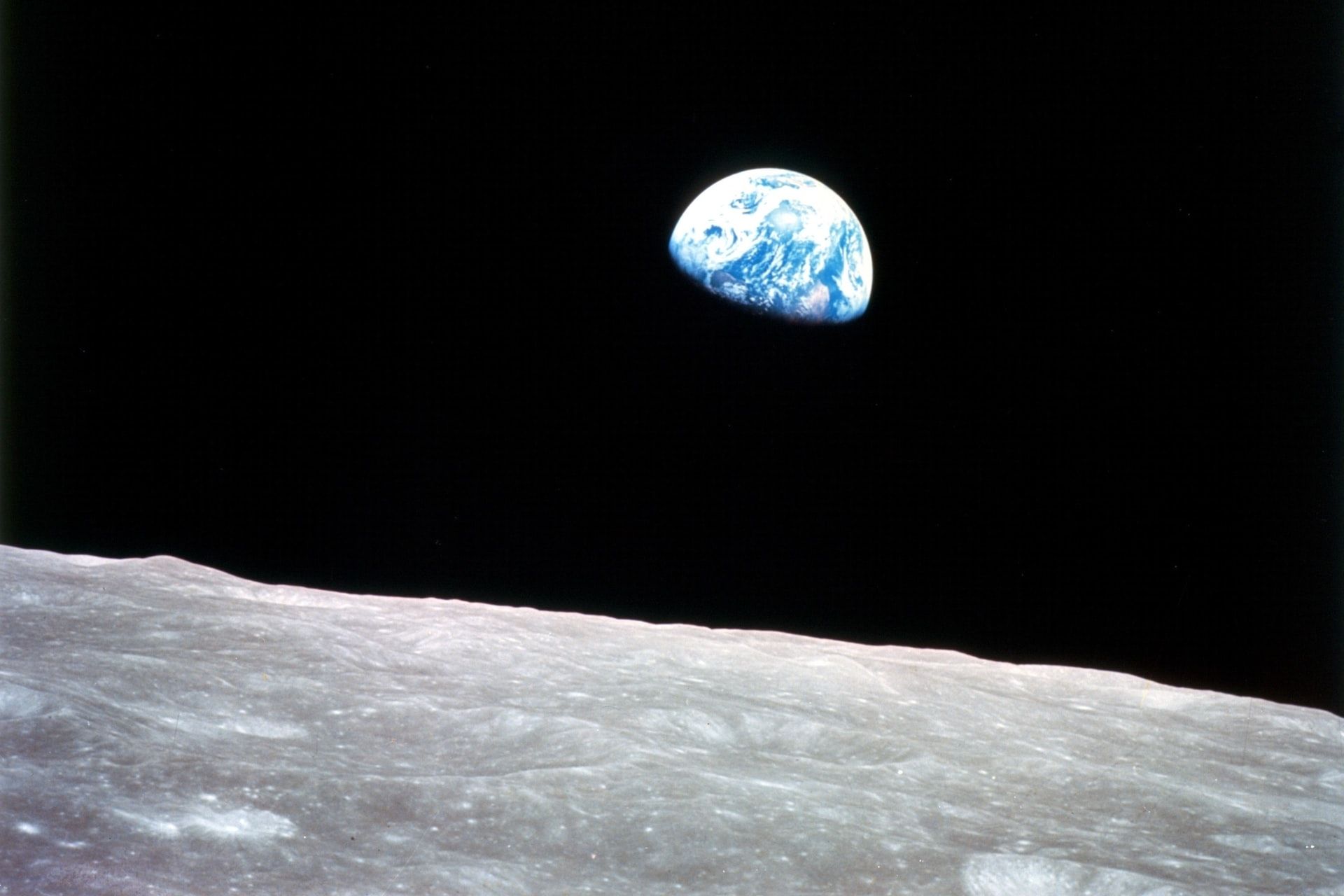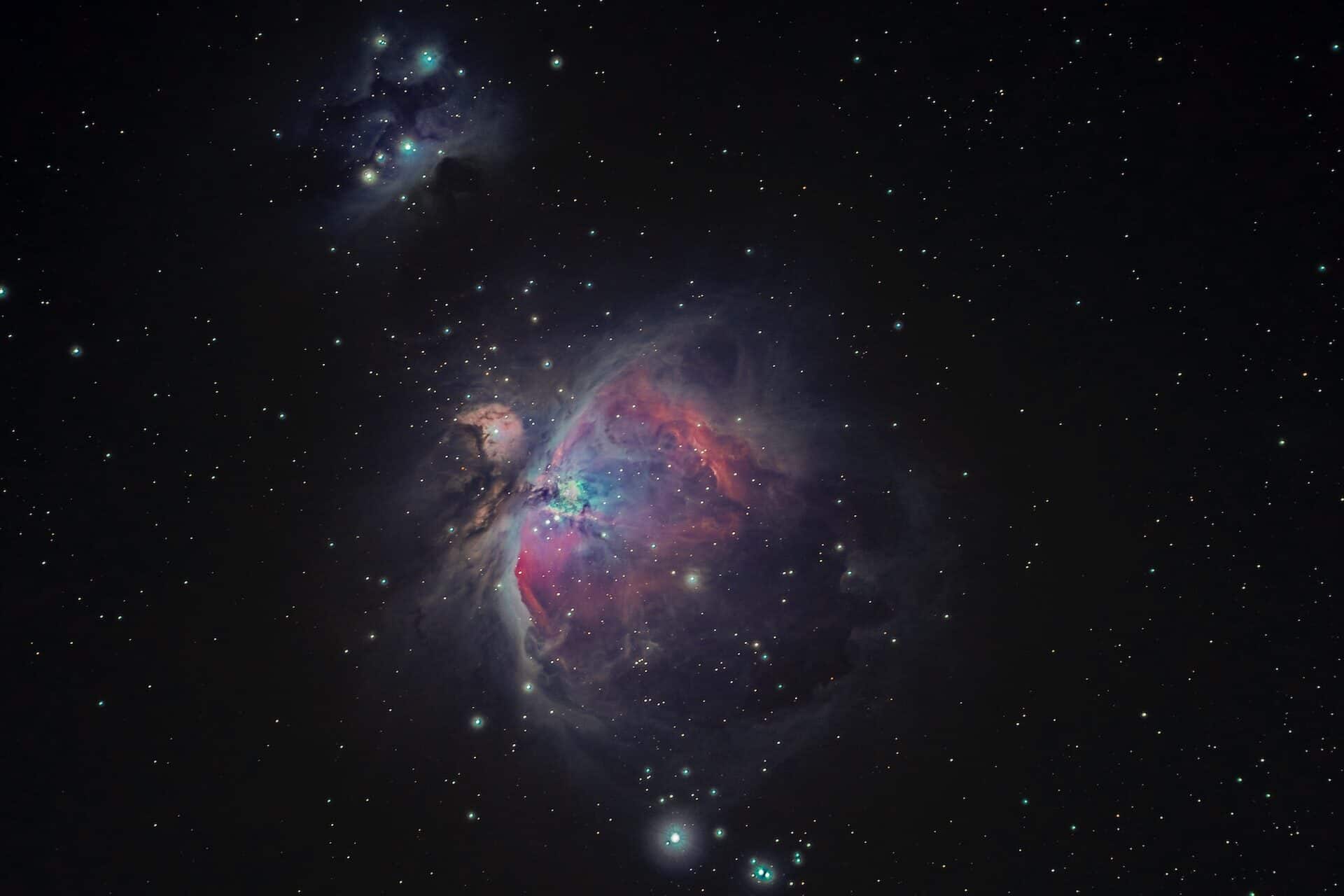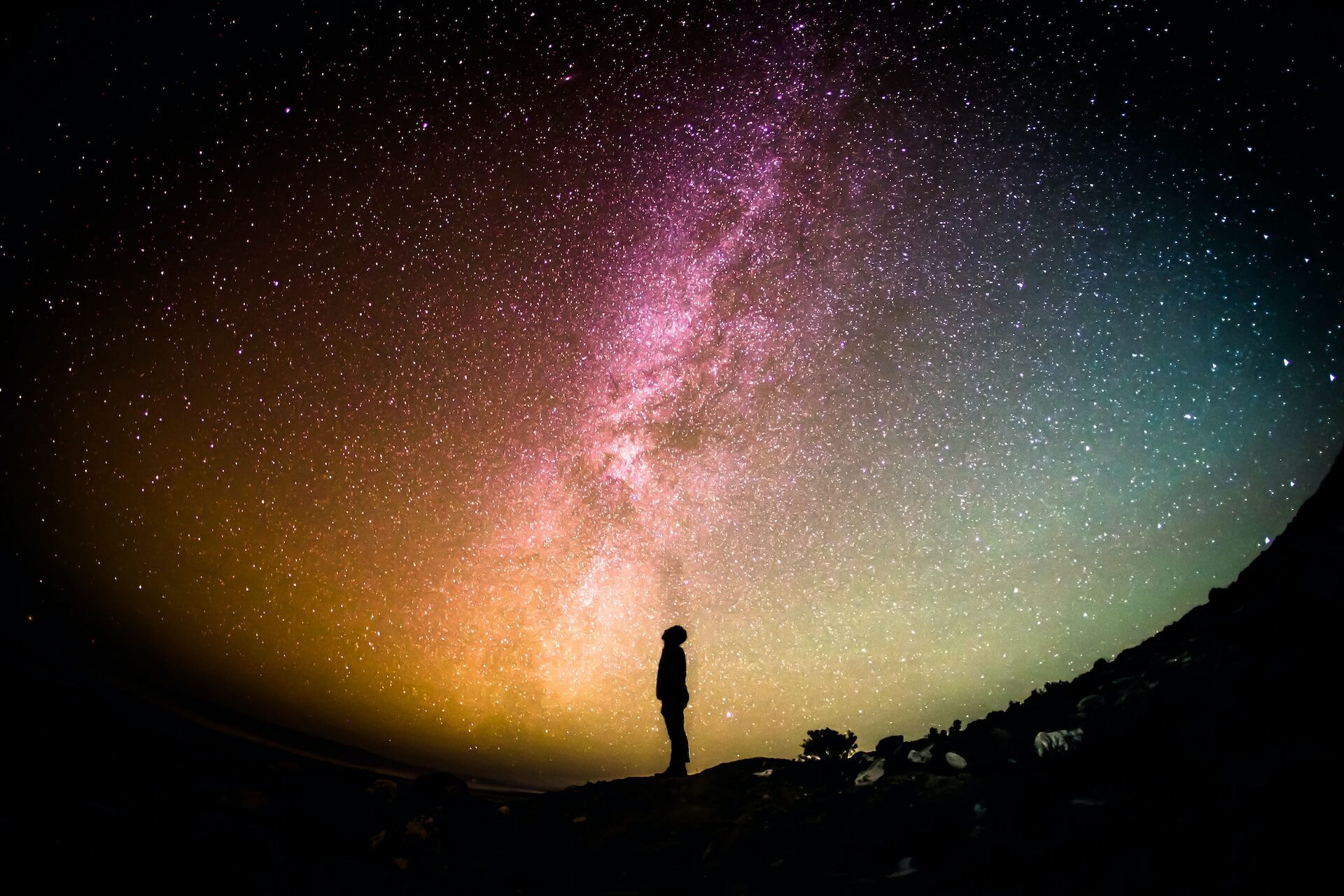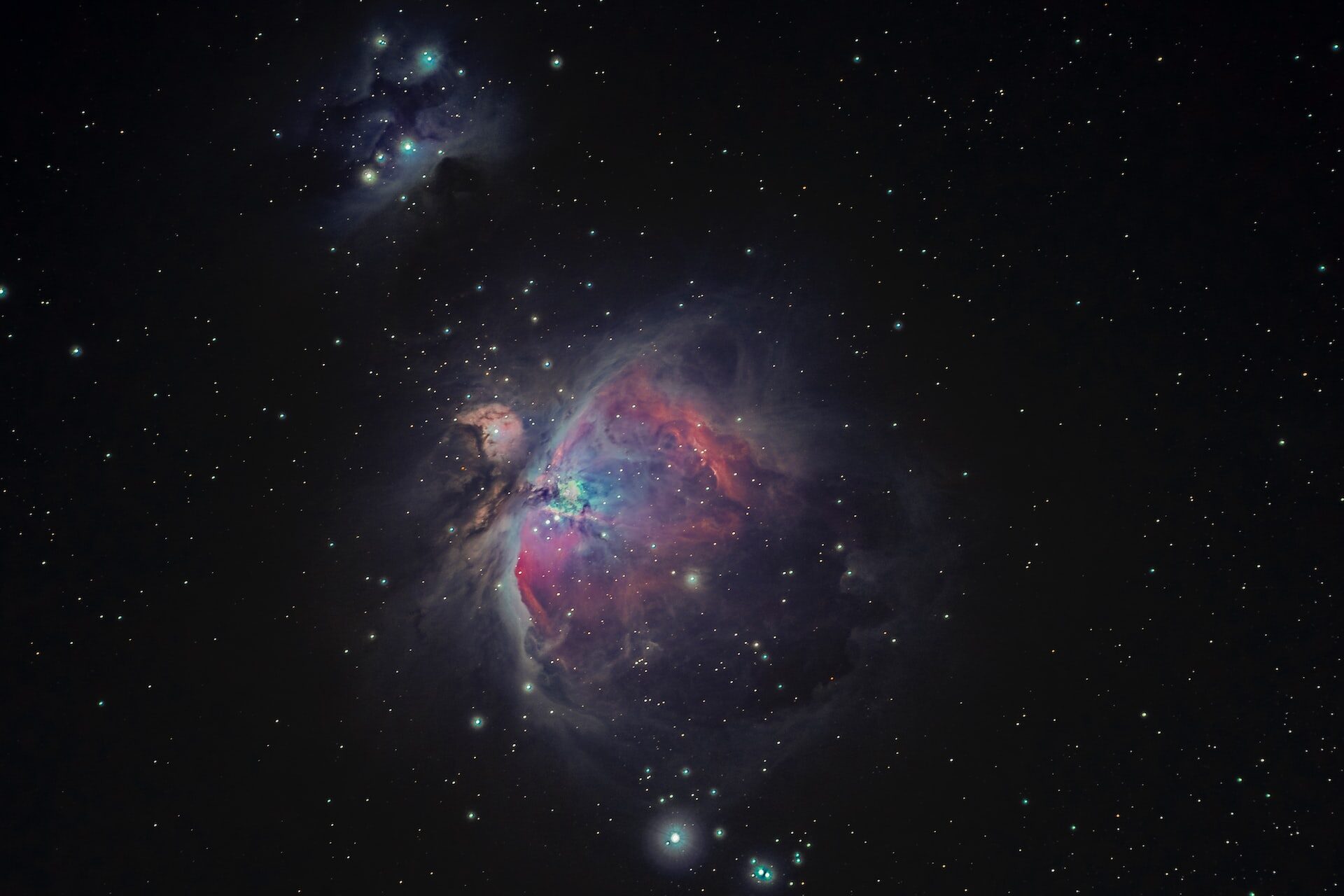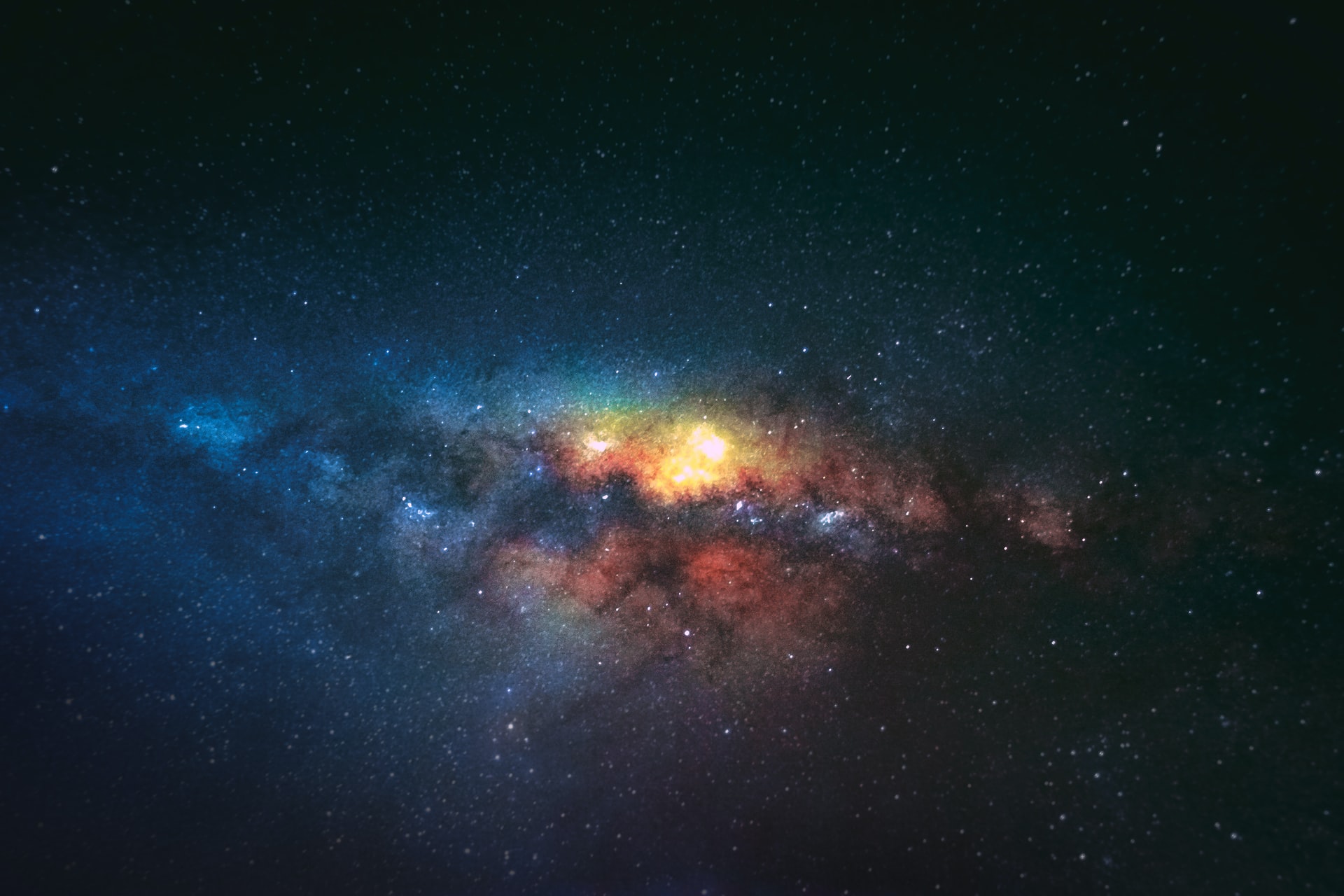
With a Whimper, Not a Bang: What Are White Dwarfs?
August 24, 2022 - Emily Newton
Revolutionized is reader-supported. When you buy through links on our site, we may earn an affiliate commision. Learn more here.
lored star, was a white dwarf. It remains the first white dwarf ever discovered, and though it may not be the closest to Earth, it is the easiest to spot in the night sky. Other star systems, like Procyon and Sirius, also contain white dwarfs, which are often drowned out in the glare of the system’s primary star. Nine systems include at least one white dwarf within 25 light-years of Earth.
40 Eridani B is tiny, only about 50% larger than Earth, but its mass is 44% of our sun’s. Neutron may be denser, with a teaspoon of their material weighing around 4 billion tons, but white dwarfs are a close second. A teaspoon of a white dwarf would weigh about as much as an adult elephant, about 5.5 tons.
Could Habitable Planets Orbit White Dwarfs?
We’re used to living on a planet orbiting in the habitable zone of a yellow main-sequence star. Could planets orbiting a white dwarf potentially be habitable?
In theory, the answer is yes.
Astrophysicists theorize that if the surface temperature of a white dwarf is less than 10,000 Kelvin, it could create a habitable zone. This Goldilocks zone would probably be between 0.005 and 0.02 astronomical units (AU). For comparison, Mercury is 0.4 AU from the sun in our solar system.
This proximity creates other problems. For one, being close to the star would likely make the planet tidal locked. This means that only one side of the planet would ever face the star, leaving the other in total darkness. Also, the planet would have to enter the solar system or migrate inward after the star’s initial expansion phase. Any planet orbiting close to the star as it became a red giant would likely be vaporized.
Planets could potentially orbit a white dwarf. The star itself might be capable of creating a goldilocks zone. Survivability on the surface of these planets is another matter entirely.
White Dwarfs in Binary Star Systems
Small stars that collapse into white dwarfs don’t have enough mass to become a supernova. In most cases, these tiny star remnants are content to sit quietly for billions of years — unless they’re part of a binary star system. A white dwarf may begin accreting matter from its companion star in these systems. This occurrence can increase the mass and density of the white dwarf, which can cause a problem.
These stars are ruled by the Chandrasekhar Limit, stating that the maximum size for a stable white dwarf is 1.4 solar masses (M). Below this limit, the stars can resist gravitational collapse, remaining a stable stellar remnant. Anything above that limit can cause the star to collapse even further.
If a white dwarf exceeds the Chandrasekhar limit, it can go one of two ways. It can ignite explosively, becoming a Type Ia supernova. This bright flash in the night sky will completely obliterate the white dwarf, becoming remnant nebulae. If it doesn’t ignite, the additional density could cause the white dwarf to continue to collapse in on itself, becoming a neutron star. This degeneration is almost always exclusive to binary or multi-star systems. If a white dwarf doesn’t have a nearby star to accrete matter from, it will not continue to grow once it’s reached this stage.
The Death of Our Star
Sol, our home star, is considered a low-mass celestial body. It’s currently in the middle of its life cycle. Astrophysicists estimate it has enough fuel to burn for another 4.5 billion years. Once it reaches the end of that life cycle, it will begin to expand. Mercury, Venus and Earth will be engulfed by the red giant stage, though Mars will likely survive.
The star will remain a red giant for another billion years. This might be long enough for life to develop on Pluto, which will be in the system’s new habitable zone. Then, over time, the red giant will shed its outer layers, leaving just the core behind — a new white dwarf.
We won’t have to worry about the death of our sun in our lifetime. We’ve got billions of years left. If the human race survives that long, we’ll have long since gone to the stars, and the little blue marble we left behind will be nothing but a distant memory.
Look to the Stars
White dwarfs are one of a million different things in the universe that we’re only beginning to understand. We’re akin to curious toddlers, stumbling around as we learn to walk. All we have to do is look to the stars and we’re finally starting to understand the universe.
Revolutionized is reader-supported. When you buy through links on our site, we may earn an affiliate commision. Learn more here.
Author
Emily Newton
Emily Newton is a technology and industrial journalist and the Editor in Chief of Revolutionized. She manages the sites publishing schedule, SEO optimization and content strategy. Emily enjoys writing and researching articles about how technology is changing every industry. When she isn't working, Emily enjoys playing video games or curling up with a good book.
